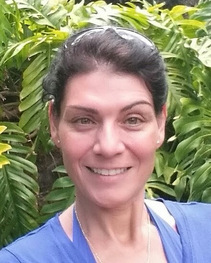|
Students need to be engaged, they need to be creative, and they must feel a connection between what they are learning and the real world. In order for this to happen, a learning revolution needs to take place. The traditional model of education is no longer working, and according to Milton Chen, author of Education Nation, America is losing its stronghold in the top global fields.
Chen states that other countries see education as an investment, not a cost – a sentiment that is echoed by Linda Darling-Hammond in her book The World is Flat. The call for 21st century skills demands a 1:1 ratio of computers to students, as well as reliable internet access. Technology has changed, and is bringing about a change in the way we teach as well. Recent brain research shows that active learning vs. passive learning yields more positive outcomes. We need to replace the traditional model, in which the teacher lectures, students take notes, and testing is based on rote memorization, because data has shown us that this method is uninteresting, and results in higher dropout rates. As a result, children are not learning enough skills to compete in the global economy. So how do we incorporate 21st century skills and technology into the classroom, keep students engaged, and allow for creativity, innovation, and real-world connections to learning? One approach is by flipping our classrooms. I have flipped my own classroom, and this experience has been very rewarding for both my students and myself. In his TED talk, Dan Pink reminds us of the difference caused by intrinsic vs. extrinsic motivations through his use of the candle problem. I found that when my students were engaged and creatively solving a problem, their pride and confidence was also positively impacted, which helped to ignite their intrinsic motivation and student agency. I will continue using the flipped classroom model, and will try to incorporate inquiry-based, problem-based, and project-based activities. I also see challenge-based projects as important uses of face time with students for increasing engagement, assessment scores, motivation, creativity, and innovation. I hope to add to the research on this topic through my own contributions, and inspire other teachers to transform their own classrooms. It is a lot of work, but the experience for both the teacher and student is remarkable. I have been a traditional teacher for 20 years, and I will never go back! The flipped model is powerful teaching, with real-world results.
2 Comments
|
AuthorThe author is a proud mother and wife, living in Sonoma, Ca. She has 21 years teaching mathematics. She loves technology and how it enhances student learning, engagement, and achievement. Archives
June 2016
Categories
|


 RSS Feed
RSS Feed
